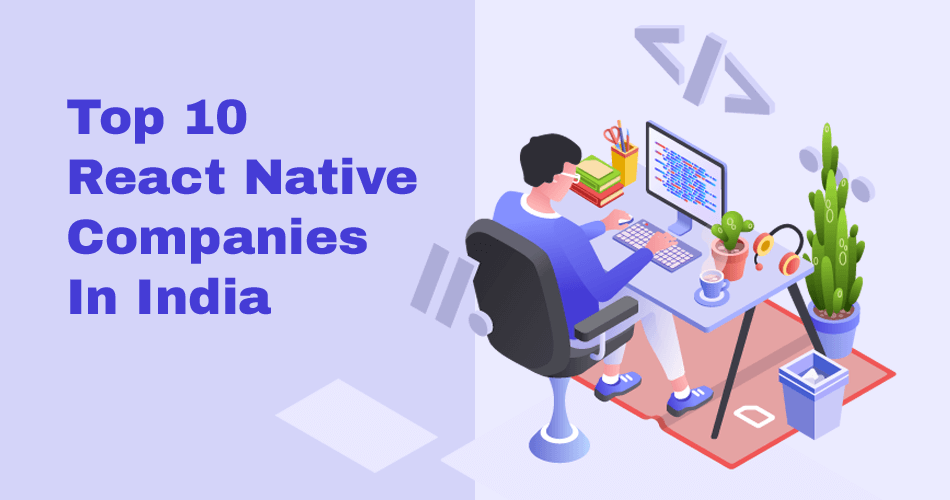Blogs
All Blog
Magento Website Design: Transform Your Online Business with Expert eCommerce Solutions 2026 Guide
1-Minute Read Summary Magento website design combines strategic user experience (UX), technical…
Top 10 React Native Companies In India You Should Know
If you have been wondering where you can get the best React…
Most Popular Sports Bet Types: Everything You Should Know in 2026
Types of Bets: A Comprehensive Guide Betting has evolved over centuries from…
Latest Salon Software News & Trends Transforming Salons in 2024
Hey! Do you want to explore the world of salon software trends…
Best Salon Software in 2026: Top Tools Compared for Salons and Professionals
Choosing the best salon software in 2026 is very important and instrumental for…
AI-Powered Customer Experience in iGaming
Introduction Generative AI and Machine Learning have become agents of change in…
Top Features: What Makes a Casino Platform Truly Player Centric in 2026
In 2026, the most player-centric casino platforms will excel through personalized experiences,…
PAM for Sports Betting and Online Casino Platform
PAM systems play a crucial role in both sports betting and online…
Emerging Trends in the Sportsbook Market: 2025 Analysis & Insights
The sportsbook market is growing fast, forecasted to reach USD 187.39 billion…
Using Generative AI for Your iGaming Platform
Generative AI refers to a class of artificial intelligence models capable of…

